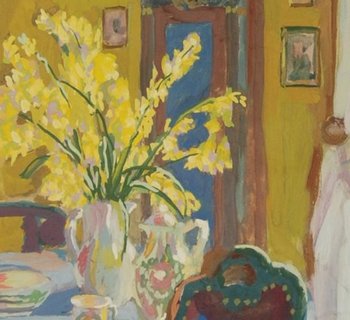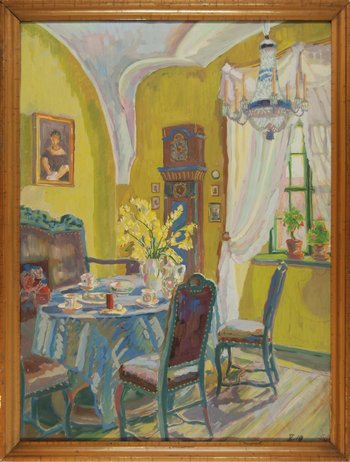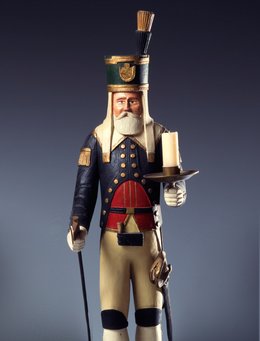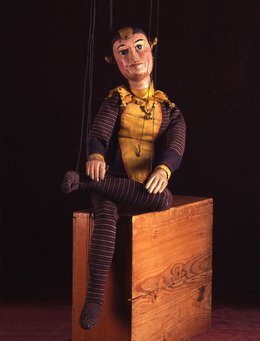text2
The Location
The former electoral Jägerhof proved to be the ideal place for the museum. The vaults on the ground floor contradicted a folkloristic rural construction style, but formally framed the rooms and chambers that were staged underneath quite picturesquely in an ancient manner. Today in the exhibition, old pictures allow a comparison of the furnishings on the spot.
Other photographs tell the museum’s story and the one of its people. Here, not only the directors, but also the staff and, last but not least, the visitors are in the focus of attention. The quick motion of the image sequence is evidence of how the house became accessible for each generation, which continuities were kept and which innovations were developed.



![[Translate to English:] Damaskuszimmer reich verzierte Holztür mit Fenster](/fileadmin/_processed_/e/8/csm_museumvoelerkundedresden-damaskuszimmer-ausstellungsteaser_portal_bafc63a688.jpg)


![[Translate to English:] Kunstgewerbemuseum gelber Kasten mit vier Füßen](/fileadmin/_processed_/2/5/csm_kg-dauerausstellung-ausstellungsteaser-portal_9f9692154c.jpg)
